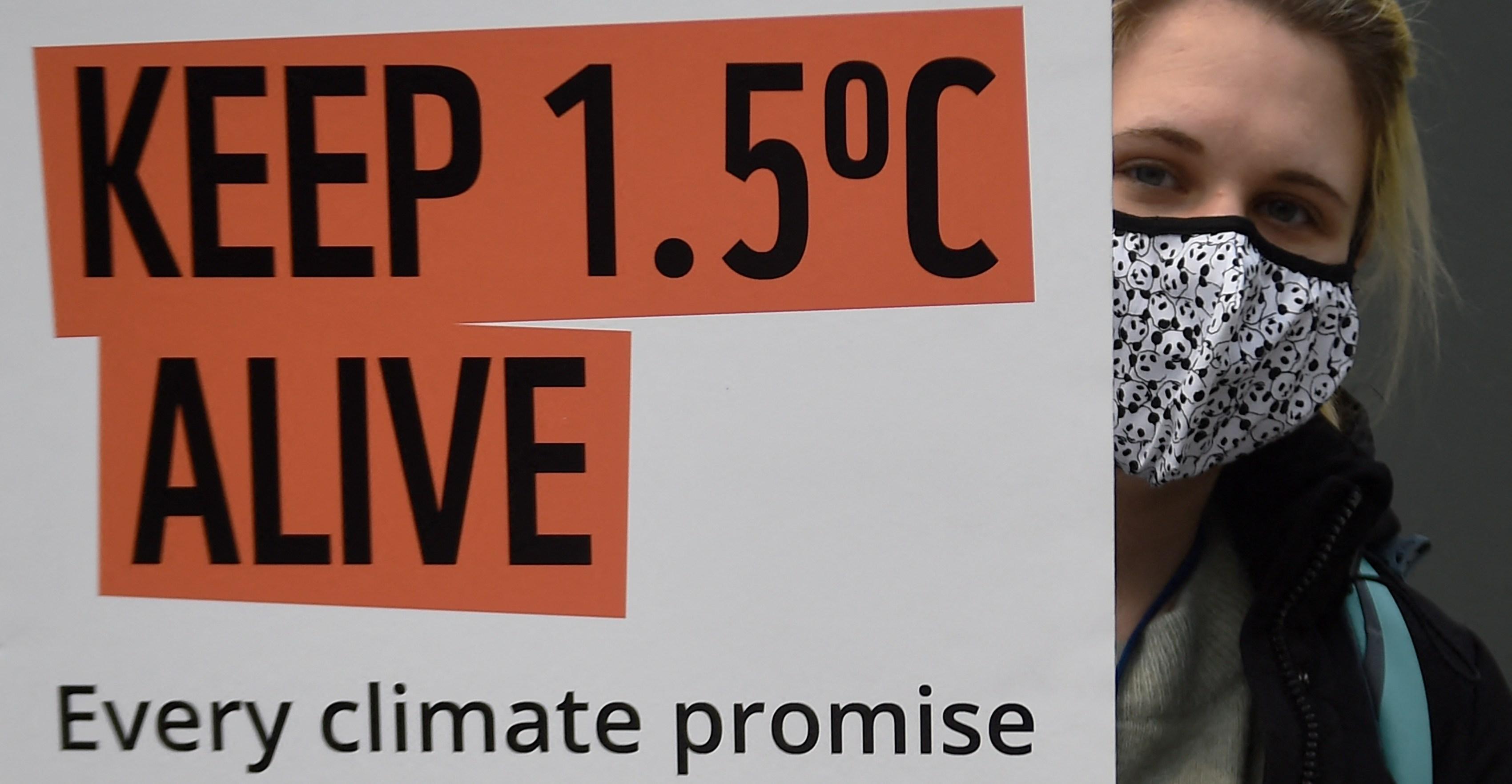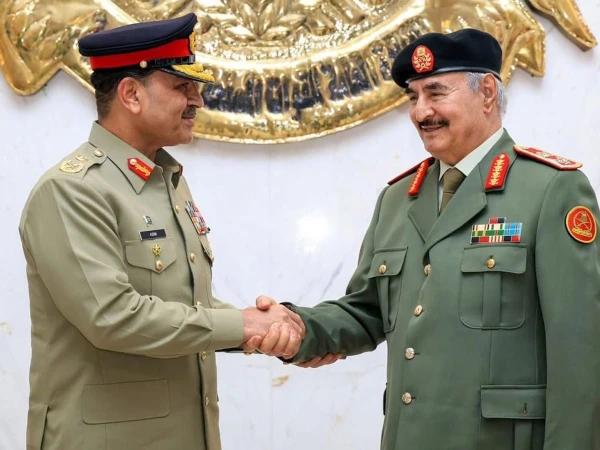For 49 years after Roe v. Wade, Americans had the right to obtain an abortion if they became pregnant. Then, two years ago, with Dobbs v. Jackson Women’s Health Organization, the Supreme Court put an end to it. The Biden administration and some blue states — …

Published a year ago on Jun 28th 2024, 12:00 pm
By Web Desk

For 49 years after Roe v. Wade, Americans had the right to obtain an abortion if they became pregnant. Then, two years ago, with Dobbs v. Jackson Women’s Health Organization, the Supreme Court put an end to it. The Biden administration and some blue states — supported by a network of nonprofits focused on reproductive care — aggressively sought to compensate, while many red states enacted near-total bans on abortion. But Dobbs has nevertheless had a devastating effect on pregnant people in huge swaths of the country. While the number of abortions across the country actually increased last year — thanks in large part to increasingly cheap and accessible medication abortion — that has not changed the fundamental realities of post-Dobbs America. Large reproductive care deserts have emerged in which there are no abortion providers for hundreds of miles. Pregnant people are being denied necessary medical care as their doctors fear the legal repercussions of providing it. All of this has exacerbated long-standing inequities. Both abortion bans and attacks on reproductive rights are broadly unpopular, and elections in the years since Dobbs showed that abortion rights were a potent motivating issue for voters. But in this year’s matchup between President Joe Biden and former President Donald Trump — both of whom have been reluctant messengers of their party’s stance on abortion — there’s a question as to whether the issue will continue to motivate American voters. --- Facts on the Ground This is part of Vox’s series exploring the realities of American life and policy as the presidential campaign ramps up. Read more: * The winners and losers of the Biden economy * Biden’s border record: Trump’s claims vs. reality * Why do Americans always think crime is going up? --- It is not too late for their votes to make a difference for reproductive access. It may seem like the worst has already come to pass for the abortion rights movement: though once protected by the constitution nationally, access now increasingly depends on where you live or whether you can afford to travel for the care you need. But Republicans have also made clear that they have no intention of stopping there. How the legal landscape has changed In the wake of Dobbs, 13 states immediately implemented “trigger” bans on abortion, while others sought to enforce abortion restrictions that were on the books before Roe v. Wade was even decided in 1973 or quickly moved to pass new bans on abortion. A new patchwork of abortion laws was established in the US within months. A total of 14 states have enacted near-total bans on abortion. [Image: https://platform.vox.com/wp-content/uploads/sites/2/2024/06/0c5Kg-the-state-of-us-abortion-laws-in-2024-1.png?quality=90&strip=all] Many of these bans involved narrow medical exceptions in which abortions could be performed when the health or life of the mother was at risk. But those exceptions have proved exceptionally difficult — in some states, nigh impossible — to qualify for. Kate Cox, a Texas woman, was notably denied an abortion even though her fetus was diagnosed with a rare and terminal genetic condition and forced to travel out of state to obtain one. Other women have been forced to carry to term fetuses doctors know will die shortly upon birth, or been denied abortion care even after experiencing a miscarriage that leaves them in medical distress. The Texas Supreme Court also ruled against a group of 20 women who claimed that they had been denied medically necessary abortions. Republicans aren’t stopping now that they have overturned Roe. They have continued to advocate for a national abortion ban, even though Trump has indicated that he would not sign it, and opened up new attacks on contraception and in vitro fertilization. If Trump wins the election, he could also order the FDA to rescind its approval of the abortion drug mifepristone after the Supreme Court left open that possibility in a recent ruling upholding access to the drug for now. In short: The dust has still yet to settle post-Dobbs, but it’s clear that abortion was only Republicans’ first target in a larger war on reproductive freedom. What that has meant for people seeking abortions Despite the new restrictions on abortion in many parts of the country, the number of abortions performed nationally has actually gone up slightly since Dobbs. But it would be a mistake to see that statistic and say that everyone has improved access to abortion equally across the US. “While the numbers have gone up a bit nationally, in some states, there are virtually no abortions happening,” at least in a formal health care setting, said Usha Ranji, associate director for women’s health policy at KFF, a health policy research and news organization. [Image: https://platform.vox.com/wp-content/uploads/sites/2/2024/06/BvZAB-abortions-have-increased-nationally-post-i-roe-i-.png?quality=90&strip=all] The use of medication abortion, which can end a pregnancy during the first trimester, has gone up in particular. Though it was already the most common method of obtaining an abortion pre-Dobbs, it is now cheaper and easier to obtain quickly, especially via telemedicine. That’s because, amid the pandemic, the FDA suspended the requirement that mifepristone be dispensed in person, resulting in an explosion of telemedicine abortion services. However, 19 states have banned telemedicine abortion: Five do so explicitly, and the other 14 require that a prescribing clinician be physically present with the patient. Some states also require counseling or an ultrasound prior to administering an abortion, which can rule out obtaining medication abortion via telemedicine. That has caused some patients to turn to community networks or websites that sell abortion pills without interacting with a clinician or pharmacy. [Image: https://platform.vox.com/wp-content/uploads/sites/2/2024/06/EjPtQ-most-us-abortions-are-now-medication-abortions.png?quality=90&strip=all] All of this is a reflection of the monumental effort in states without bans to scale up care, as well as the flood of donations to abortion funds post-Dobbs. New Mexico, for instance, dedicated $10 million to building a new abortion clinic that opened last year on its border with Texas, which has banned abortion with limited exceptions. But the question is whether this patchwork solution is sustainable in the long run, especially given that those funds are drying up. And it doesn’t entirely mitigate the impact of abortion bans, which have created maternal care deserts across large tracts of the southern US and Midwest. “There are still people who are not getting abortions that they would want in part because not everybody can travel,” Ranji said. [Image: https://platform.vox.com/wp-content/uploads/sites/2/2024/06/ezgif.com-optimize.gif?quality=90&strip=all] Travel might be difficult for both logistical and financial reasons. And poor women are disproportionately affected: Those women (defined as those who live under 200 percent of the poverty line, which was $46,060 for a family of three in 2022) are concentrated in the 14 states that have banned abortion and the 11 states that have passed strict gestational limits on abortion. Though they may be candidates for medication abortion, they are less likely to know about it as an option — a messaging challenge that abortion activists are struggling to overcome. [Image: https://platform.vox.com/wp-content/uploads/sites/2/2024/06/9SC3x-abortion-bans-disproportionately-hit-poor-women_4e16e8.png?quality=90&strip=all] There is also growing evidence that the Dobbs decision has had an adverse effect on maternal health outcomes, including maternal mortality. However, only two years have passed since Dobbs and the number of annual maternal deaths is too small (even if maternal mortality is higher in the US than in any other high-income nation) to determine any trends that have emerged just yet. So for now, the best information is based on statistical modeling. Researchers at the University of Colorado Boulder projected based on 2020 data on maternal outcomes that, if no abortions were performed nationally, there would be an overall 24 percent increase in maternal deaths after a year. Black mothers would see the biggest increase in mortality. “These communities that have historically been harmed will continue to bear the brunt of this abortion care crisis that we’re in,” said Candace Gibson, state policy director at Guttmacher, a nonprofit that researches abortion policy. [Image: https://platform.vox.com/wp-content/uploads/sites/2/2024/06/nxmMJ-abortion-bans-are-likely-to-hurt-maternal-health-nbsp-.png?quality=90&strip=all] Anecdotally, physicians have also reported concerns about their ability to provide adequate reproductive care since the Dobbs decision came down. A KFF national survey of OBGYNs found that significant shares of respondents were concerned about their ability to administer a level of care consistent with the medical profession’s standards, their potential legal liability in states where abortion is banned, and health outcomes for their patients. In states where abortion is banned or restricted, for example, six in 10 OBGYNs say their decision-making autonomy has become worse since the Dobbs ruling. “They’re in this place where they have to really contemplate whether they continue to provide care within that state, or whether they leave the state so that they can actually practice medicine in a way that complies with the standards of care,” Gibson said. [Image: https://platform.vox.com/wp-content/uploads/sites/2/2024/06/OCvma-what-doctors-say-about-the-end-of-i-roe-i-.png?quality=90&strip=all] What that has meant for American politics Republicans’ opposition to abortion rights has proved a thorn in their side electorally ever since Dobbs came down. In 2022, Democrats running on abortion rights nearly swept the table. Every ballot initiative aimed at restricting abortion lost, including those in Kansas, Kentucky, and Montana. Meanwhile, ballot initiatives strengthening abortion rights prevailed in states including Michigan, Vermont, and California and even outperformed Democratic candidates in some cases. In 2023, Ohio also passed a ballot measure enshrining abortion rights in its state constitution. And Democrats were able to flip the Virginia House of Delegates and maintain control of the state senate after Republican Gov. Glen Youngkin committed to a 15-week abortion ban. Abortion has proved a key motivating issue in these off-cycle years. The question is whether it can continue to be the same force in a presidential election year. That may be the case in a handful of states, especially when it comes to the four upcoming ballot measures aimed at expanding abortion rights. In Florida, a six-week abortion ban that recently went into effect could be overridden by a ballot measure seeking to protect abortion until fetal viability, which is estimated around 24 weeks of pregnancy. But at the top of the ticket, the potential impact of abortion is less clear at a moment when other issues, including the economy and immigration, are dominating the national conversation. Critically, low-propensity voters — those who Biden is struggling with and who could decide this election either because they stay home or lean toward Trump — don’t rank abortion rights among the top issues they care about, even though they are broadly pro-abortion rights. [Image: https://platform.vox.com/wp-content/uploads/sites/2/2024/06/e19GC-abortion-can-t-compete-with-other-top-issues-on-voters-minds-in-2024-1.png?quality=90&strip=all] But turnout in this election is projected to be lower than in 2020 due to voter apathy over a rematch between Biden and Trump. Some commentators argue that low turnout might actually help Democrats, in a turnabout for recent American politics. But abortion could help boost turnout in a way that helps Biden, said Tom Bonier, a Democratic political strategist and the senior adviser to TargetSmart, a data and polling firm. But first, he has to overcome a clear messaging problem: 17 percent of voters overall and 12 percent of Democrats blame President Biden for the end of Roe, according to New York Times/Siena College polls and a Times/Philadelphia Inquirer/Siena poll in battleground states. Some less-engaged voters inaccurately associate the overturn with Biden because he was president when the conservative-controlled Supreme Court issued the decision. But it also shows that Biden — who as a Catholic has been at times an uncomfortable messenger of his party’s pro-abortion rights stance — has room to persuade voters. “One of the jobs in front of Democratic campaigns, including the president’s campaign, is [to] spend time communicating with these voters and make sure that they understand the reality,” Bonier said. “I don’t think that most voters are aware of what Republicans are doing, unless they’re in the states where it’s happening. But I do think those issues will have a substantial impact on the election as that is communicated to more voters.”
Water aggression against Pakistan: India curtails Jhelum flows after Chenab
- an hour ago
Harrison Ford to get lifetime acting award
- 2 hours ago
More than 42mn children administered polio vaccination during final polio drive in Pakistan
- 6 hours ago
Gunman in Brown University shooting found dead, linked to MIT killing
- 7 hours ago

Gold prices plunge in Pakistan, global markets
- 7 hours ago
PM Shehbaz performs groundbreaking of Centre of Excellence for Autism
- 7 hours ago
Soccer legend Ronald debuts in Hollywood, to play key role in upcoming movie
- 6 hours ago
PMD to install Advanced Automatic Weather Stations
- 6 hours ago
UN experts raise objections on India's unilateral actions of May 7 inside Pakistan
- 7 hours ago
Morocco beat Jordan 3-2 after extra time to clinch Arab Cup
- 7 hours ago
ATC acquits SM Qureshi, awards 10-year sentences each to Dr Yasmeen, Ejaz Chaudhry in May 9 case
- 7 hours ago

The mass shooting on Australia’s Bondi Beach, briefly explained
- 16 hours ago
You May Like
Trending











